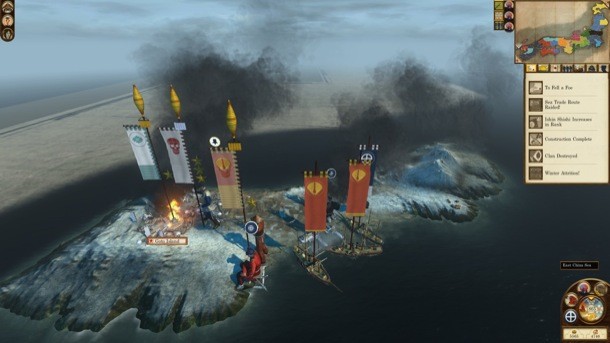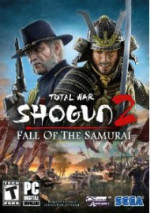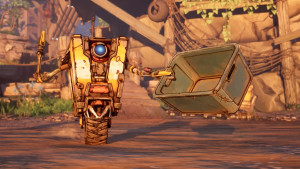Total War: Shogun 2 – Fall of the Samurai

The standalone Fall of the Samurai expansion will change the way we play Total War: Shogun 2 when it comes out in less than a month. Read on to find out how you'll have to modernize your strategies to come out on top of a rapidly changing Japan.
[click on any of the images to view the full-size version]

Manipulate The People
Instead of the Shinto-Buddhist/Christian religious rivalry in Shogun 2, Fall of the Samurai concerns itself with allegiance to either emperor or shogun. Unlike religion, which tends to only affect a few areas of the country, political allegiance is a critical system that every clan needs to concern themselves with. Your shinsengumi agents (or ishin shishi for Imperial-aligned clans) will move a province's needle in your direction every turn they are present, as does the "propaganda" chain of buildings (which allow you to recruit those agents in the first place and also boost the tax rate in that province). Like spreading Christian or heretical beliefs in Shogun 2, this dramatically increases civil unrest in the target province and increases your chances of inspiring revolts with those same agents. Because this sort of thing isn't considered a hostile act, it's a fantastic way to weaken a nearby clan that you don't want to declare actual war on yet. Just make sure that you do unto them before they do unto you – and make doubly sure that you convert the people of any newly conquered territories so that they don't rise up in revolt as soon as your armies move out.

Listen To The People
You don't want to listen to your subjects so much as get the other clans to listen to theirs – after you've converted their populace to your way of thinking. The diplomatic modifier for being aligned with the same political side as a rival clan is significant, as is the penalty for having different allegiances. It won't happen often, and when it does it'll be after a serious investment, but you can gain an ally without firing a shot if you can convince a rival to switch sides. Because of allegiances' effects on inter-clan relations and the way that Shogun 2's diplomacy system works, two fairly calcified sides tend to form in Fall of the Samurai as like-minded clans band together and fight opposite-aligned rivals. Adding a clan to your column while removing it from the other is priceless.
[Next up: Guns and more guns]

Arm The People
Basic peasants remain militarily relevant throughout a vanilla Shogun 2 campaign. That seems true from the limited preview version of Fall of the Samurai I've played, but comes with one important caveat: You may not need to train the peasants into elite warriors, but you need to get them guns sooner than later. Fall of the Samurai takes place much later in history than Shogun 2, and the increasing importance of firearms in the timeline of historical warfare is reflected in the game. You must consider all kinds of small details when deciding how to balance your army – is this primarily a siege or field stack, what are the strengths of your general, what techs have you researched, and more – but in general, it takes a lot to tilt the "spear versus gun" equation toward the spears.

Bombard The People
Just like in real life, the appearance of the cannon on the battlefield changes warfare forever. Field-capable artillery pieces don't show up immediately in Fall of the Samurai, but it doesn't take long for the AI's common (and logical) beeline to building cannon to pay off. However much of a priority you want to put on creating your own big guns, you need a plan to deal with enemy cannon or your armies will quickly find themselves outclassed. Whether you build lots of cavalry, try to ambush the enemy in terrain that makes it hard to use cannon effectively, or just build more of them than the other guy, you need to come up with something.

Bombard The People More
Navies are primarily useful for protecting trade routes in Shogun 2. While that is still a vital function for your ships to perform in this expansion, the new capabilities to bombard armies and castles as well as add fire support for land battles is extremely powerful. As great as it is to use field artillery to rain down destruction on your foes, being able to call in off-map barrages is awe-inspiring. Timing it can be difficult, since there's a delay between giving the order and the shells starting to land as well as a large radius in which the shots randomly fall, but a well-placed naval barrage will turn the tide of many battles.
We have a lot more to talk about with Fall of the Samurai – Total War didn't get where it is by being a simple game! – but these top-level differences should give you a sense of how this standalone expansion alters the formula. My time with the early build Sega provided left me gushingly enthusiastic about how it changes dozens of systems and concepts for the better while still remaining recognizably Shogun 2. I'm hopeful that I don't have to eat any crow when Fall of the Samurai comes out on March 23.






